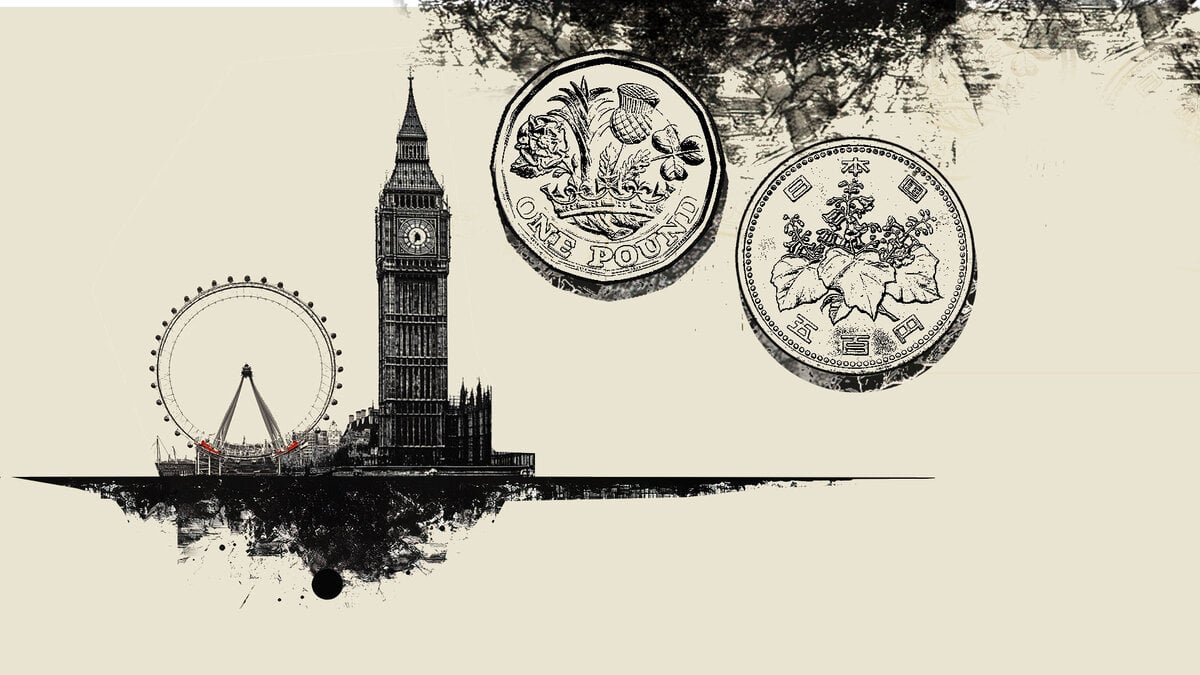GBP/JPY holds positive ground near 194.50 after UK inflation data
- GBP/JPY remains firm around 194.50 in Wednesday’s early European session.
- UK CPI inflation eased to 2.8% YoY in February vs. 2.9% expected.
- The rising bets of further BoJ rate might underpin the JPY.

The GBP/JPY cross trades in positive territory near 194.50 during the early European trading hours on Wednesday. However, the Pound Sterling (GBP) pares gains against the Japanese Yen (JPY) after the cooler-than-expected UK Consumer Price Index (CPI) inflation data for February. Later on Wednesday, traders will keep an eye on the UK’s Budget Report.
Data released by the United Kingdom’s Office for National Statistics on Wednesday showed that the country’s headline CPI rose 2.8% YoY in February, compared to 3.0% in January. This reading came in softer than the 2.9% expected. The Core CPI, which excludes the volatile prices of food and energy, climbed 3.5% YoY in February versus 3.7% prior, below the market consensus of 3.6%.
Meanwhile, the monthly UK CPI inflation rebounded to 0.4% in February from -0.1% in January. Markets expected a 0.5% print. The Pound Sterling faces mild downward pressure in an immediate reaction to the softer UK CPI inflation data.
On the JPY’s front, the Bank of Japan (BoJ) Governor Kazuo Ueda said early Wednesday that the Japanese central bank will continue to raise interest rates if economic and price developments move in line with its forecasts. Furthermore, significant wage hikes for the third consecutive year keep alive expectations of further interest rate hikes by the BoJ. This, in turn, might boost the JPY and create a headwind for the GBP/JPY cross.
Inflation FAQs
Inflation measures the rise in the price of a representative basket of goods and services. Headline inflation is usually expressed as a percentage change on a month-on-month (MoM) and year-on-year (YoY) basis. Core inflation excludes more volatile elements such as food and fuel which can fluctuate because of geopolitical and seasonal factors. Core inflation is the figure economists focus on and is the level targeted by central banks, which are mandated to keep inflation at a manageable level, usually around 2%.
The Consumer Price Index (CPI) measures the change in prices of a basket of goods and services over a period of time. It is usually expressed as a percentage change on a month-on-month (MoM) and year-on-year (YoY) basis. Core CPI is the figure targeted by central banks as it excludes volatile food and fuel inputs. When Core CPI rises above 2% it usually results in higher interest rates and vice versa when it falls below 2%. Since higher interest rates are positive for a currency, higher inflation usually results in a stronger currency. The opposite is true when inflation falls.
Although it may seem counter-intuitive, high inflation in a country pushes up the value of its currency and vice versa for lower inflation. This is because the central bank will normally raise interest rates to combat the higher inflation, which attract more global capital inflows from investors looking for a lucrative place to park their money.
Formerly, Gold was the asset investors turned to in times of high inflation because it preserved its value, and whilst investors will often still buy Gold for its safe-haven properties in times of extreme market turmoil, this is not the case most of the time. This is because when inflation is high, central banks will put up interest rates to combat it. Higher interest rates are negative for Gold because they increase the opportunity-cost of holding Gold vis-a-vis an interest-bearing asset or placing the money in a cash deposit account. On the flipside, lower inflation tends to be positive for Gold as it brings interest rates down, making the bright metal a more viable investment alternative.
BRANDED CONTENT
Finding the right broker for your trading strategy is essential, especially when specific features make all the difference. Explore our selection of top brokers, each offering unique advantages to match your needs.
Author

Lallalit Srijandorn
FXStreet
Lallalit Srijandorn is a Parisian at heart. She has lived in France since 2019 and now becomes a digital entrepreneur based in Paris and Bangkok.
















